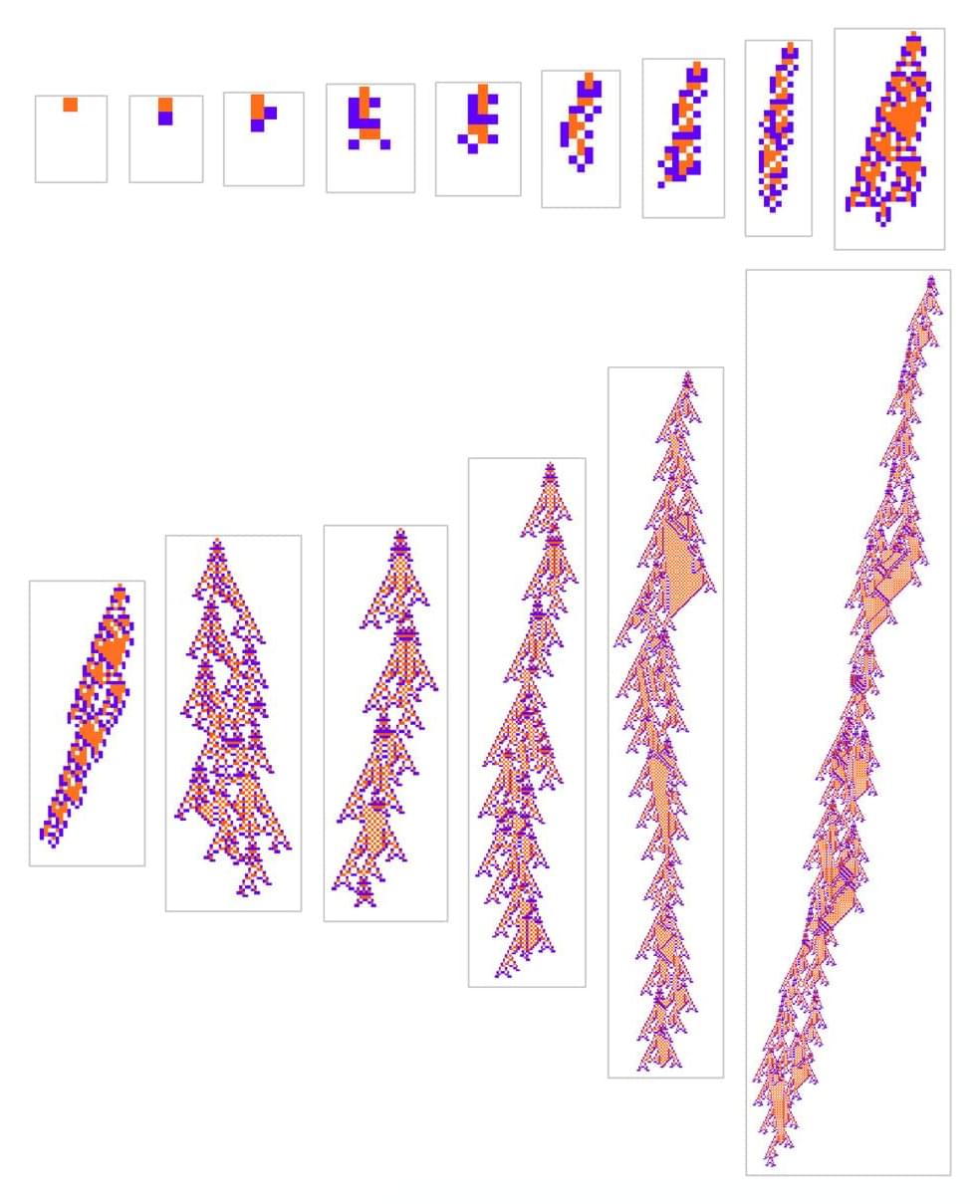Jun 24, 2024
APOD: 2024 June 18 — Gigantic Jets over Himalayan Mountains
Posted by Chris Smedley in category: space
A different astronomy and space science related image is featured each day, along with a brief explanation.
A different astronomy and space science related image is featured each day, along with a brief explanation.
The cosmos has always fascinated scientists, and NASA’s James Webb Space Telescope (JWST) is now offering unprecedented views of supernovae from the early universe.
Recently, a team of researchers used Webb’s data to identify ten times more supernovae than were previously known, uncovering some of the most distant examples ever observed.
These findings, presented at the 244th meeting of the American Astronomical Society in Madison, Wisconsin, are revolutionizing our understanding of the universe’s expansion.
A new study by Brown University researchers may help redefine how scientists map the surface of the Moon, making the process more streamlined and precise than ever before.
Published in the Planetary Science Journal, the research by Brown scholars Benjamin Boatwright and James Head describes enhancements to a mapping technique called shape-from-shading. The technique is used to create detailed models of lunar terrain, outlining craters, ridges, slopes and other surface hazards. By analyzing the way light hits different surfaces of the Moon, it allows researchers to estimate the three-dimensional shape of an object or surface from composites of two-dimensional images.
Accurate maps can help lunar mission planners to identify safe landing spots and areas of scientific interest, making mission operations smoother and more successful.
Researchers are warning that geoengineering efforts to help cool temperatures in California could trigger heatwaves in Europe, a “scary” implication given the sheer lack of regulation controlling such measures across the globe.
As The Guardian reports, scientists have suggested spraying aerosols into clouds over the ocean to cool down the surface below, a practice called “marine cloud brightening.” As the name suggests, the idea is to brighten clouds to make them reflect more of the Sun’s radiation back into space.
Last month, a team of University of Washington researchers attempted to do just that in the San Francisco Bay using a machine that sprays tiny sea-salt particles, amid criticism from environmentalists. The experiment was later shut down by city officials, citing health concerns.
The Lockheed Martin and U.S. Air Force conducted a planned flight test of the unarmed, developmental Mk21A reentry vehicle in the Pacific Ocean on June 17. Mk21A is the U.S. Air Force’s integrated reentry vehicle and the critical front-end of the service’s future intercontinental ballistic missile (ICBM) weapon system. This flight test from Vandenberg Space Force Base in California, tested Lockheed Martin’s Mk21A design components and technologies for the vehicle. It also continues Lockheed Martin’s leadership and expertise in developing effective and reliable reentry vehicle technology.
This testing is done through Lockheed Martin’s Engineering and Manufacturing Development contract with the Air Force Nuclear Systems Center. Data collected during the event will further inform Mk21A design and future flight test activities. The company’s Mk21A program is on-schedule. Lockheed Martin is maturing its Mk21A design, which includes the arming and fuzing subsystem and support equipment, using advanced digital engineering tools, including advanced modeling and simulation. This allows for efficiency in schedule, reduced cost and risk, and increased confidence in system performance.
“This progress is built on a strong foundation—Lockheed Martin’s 65-plus years of demonstrated exceptional performance in reentry technologies and a pioneering digital engineering approach on this program from its beginning,” said Jay Watson, vice president of Strategic Reentry at Lockheed Martin. “We remain focused on delivering this capability for the warfighter as a trusted partner to the U.S. Air Force for ICBM reentry systems and modernization of the deterrent triad.”
Matching the neutron stars’ cooling rates to their equation of state could help scientists figure out a quantum theory of gravity.
Researchers at the University of Manchester have developed an advanced system that enables a robot to achieve record-breaking jumps.
Why are neutrinos so light?
Did you know that every second more than 100 trillion tiny particles called neutrinos pass through your body without causing any harm? These mysterious particles are produced abundantly throughout the universe in events like nuclear reactions in the sun, radioactive decays in the Earth’s crust, and in high-energy collisions in space. In particular, these subatomic particles play a crucial role in the explosive deaths of stars known as supernovae, where they act as the driving force behind the explosion. Despite their abundance in the universe, they are incredibly difficult to detect directly in experiments since they pass right through any matter and only interact extremely rarely. At the LHC, their existence can only be inferred indirectly by summing up the energy of all other particles produced from the proton collisions and looking for missing energy that has been carried away by the neutrino, which escaped the experiment undetected.
Neutrinos are a type of fundamental particle known as a lepton and they are electrically neutral. They stand out among fundamental particles because of their peculiar characteristics. Not only do they interact exceptionally rarely, but they also possess a minuscule mass, approximately 500,000 times lighter than that of an electron. One possible explanation for the smallness of their mass is given by the “seesaw” mechanism. According to this theory, there exist additional new fundamental particles that are electrically neutral. The mechanism postulates that the masses of these new particles, known as “heavy neutral leptons” (HNLs), are mathematically linked to those of the normal neutrinos, like two sides of a seesaw. The theory also predicts that the HNLs will “mix” with their known cousins, neutrinos. This means that a neutrino, produced in an LHC collision, can change into an HNL, and the HNL can then decay back into known particles that the LHC experiments can detect!

Stephen Wolfram explores simple models of biological organisms as computational systems. A study of progressive development, multiway graphs of all possible paths and the need for narrowing the framework space.